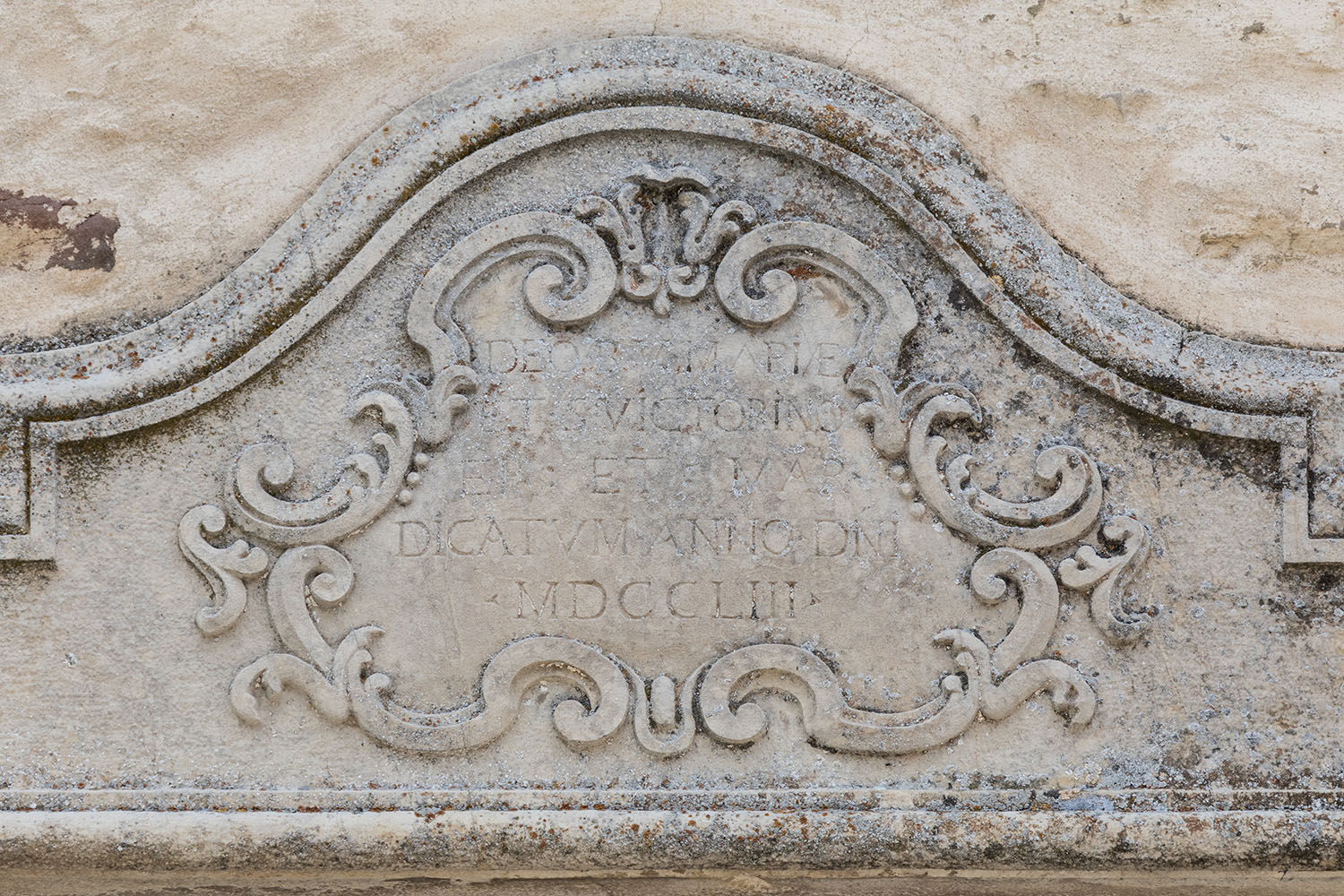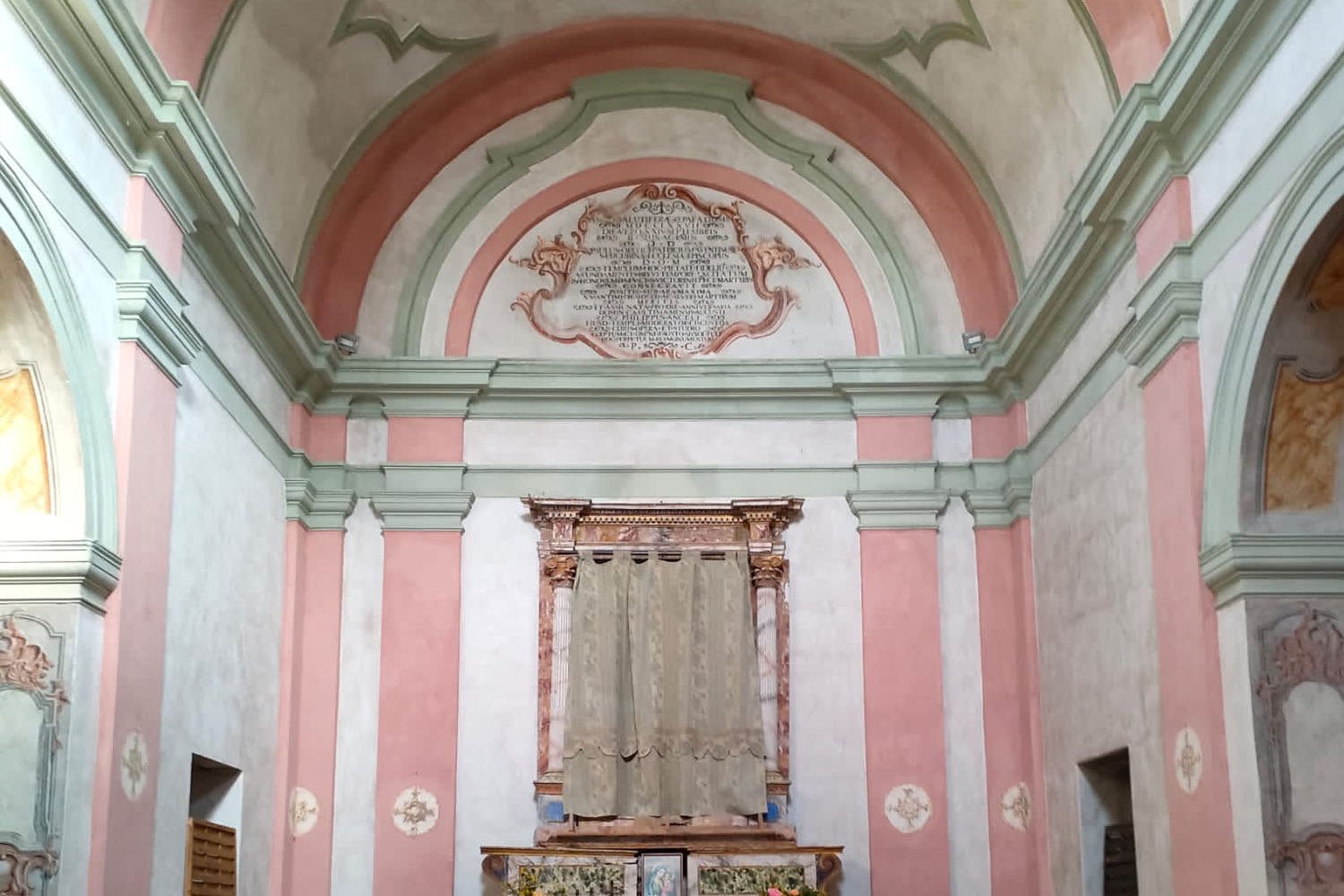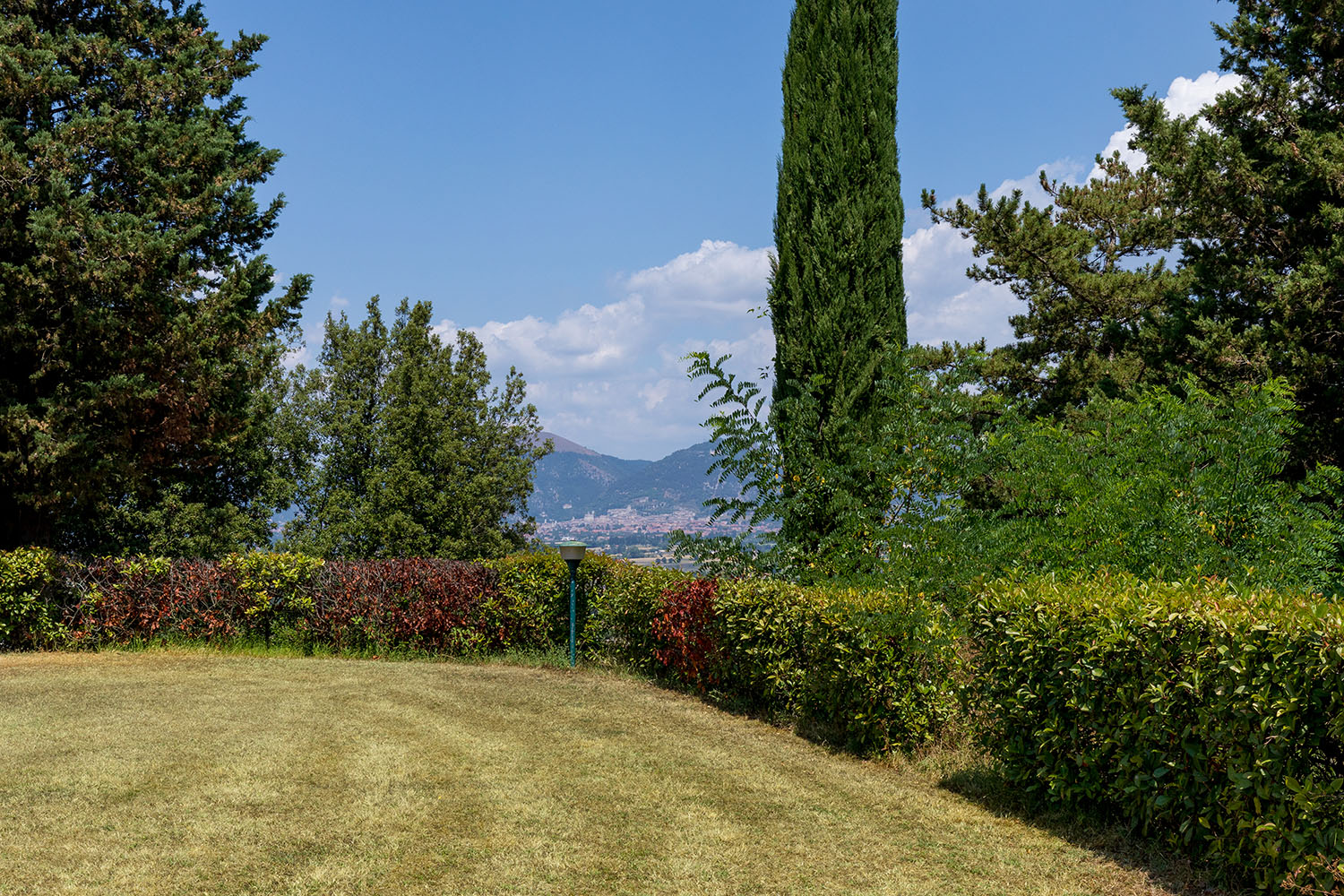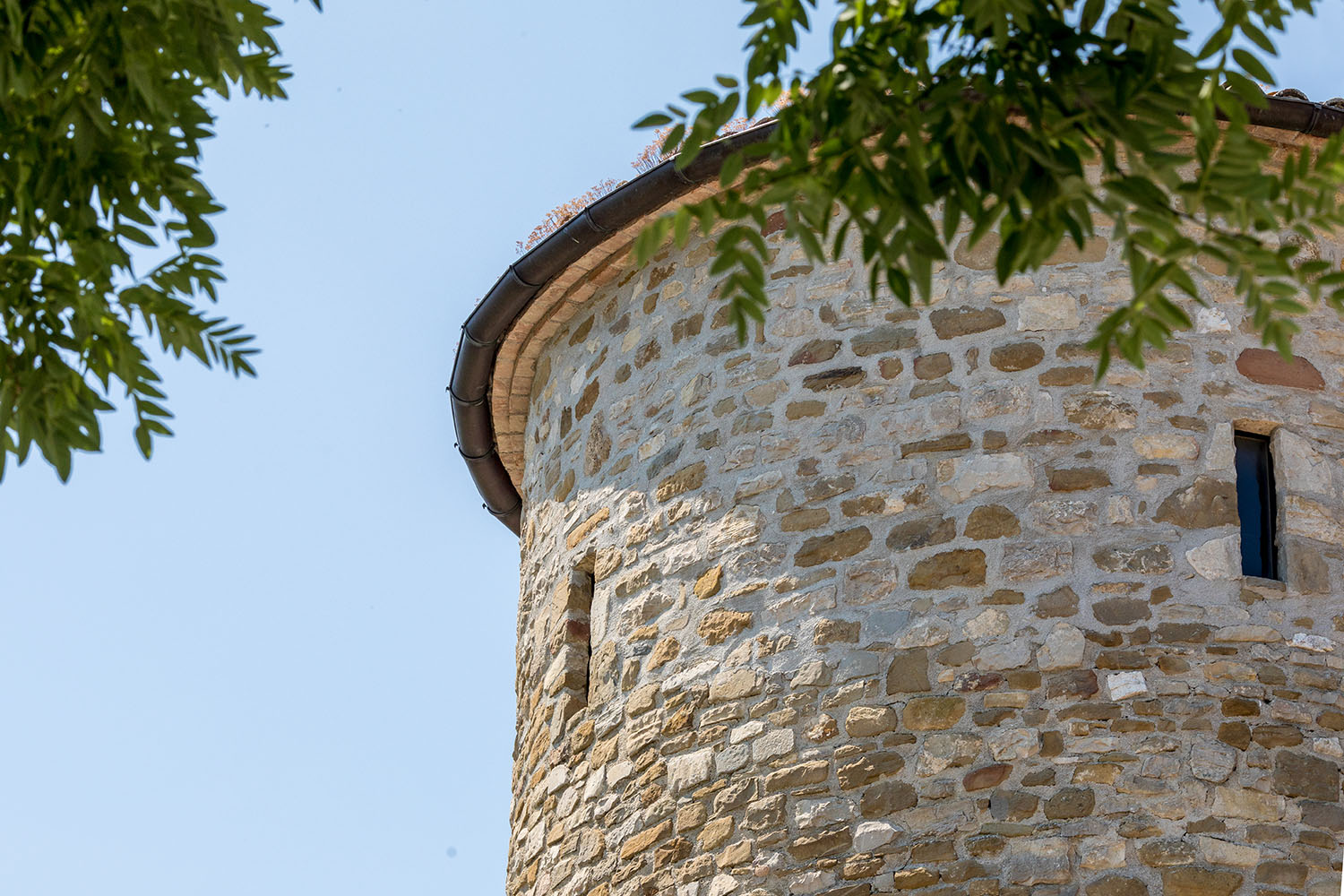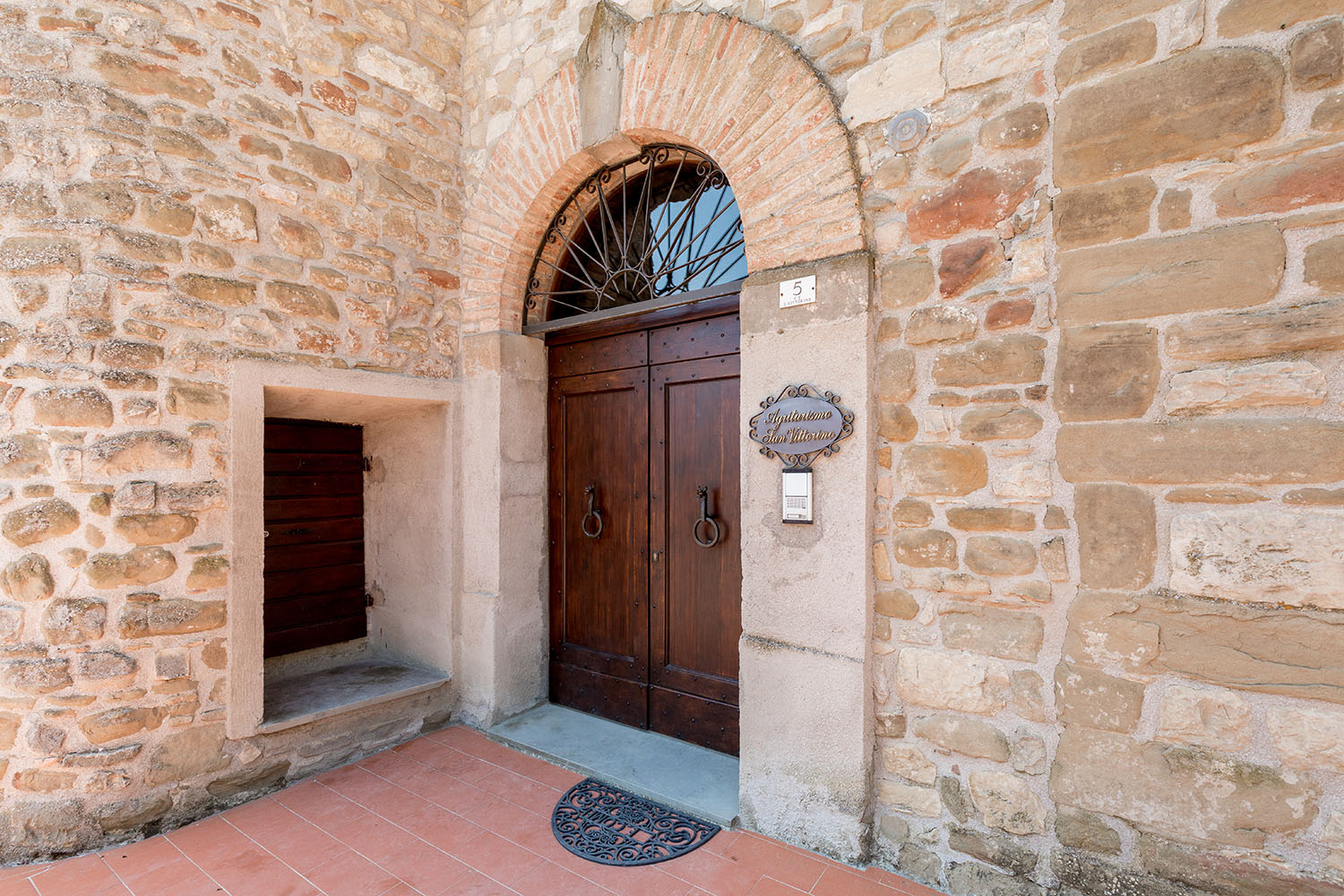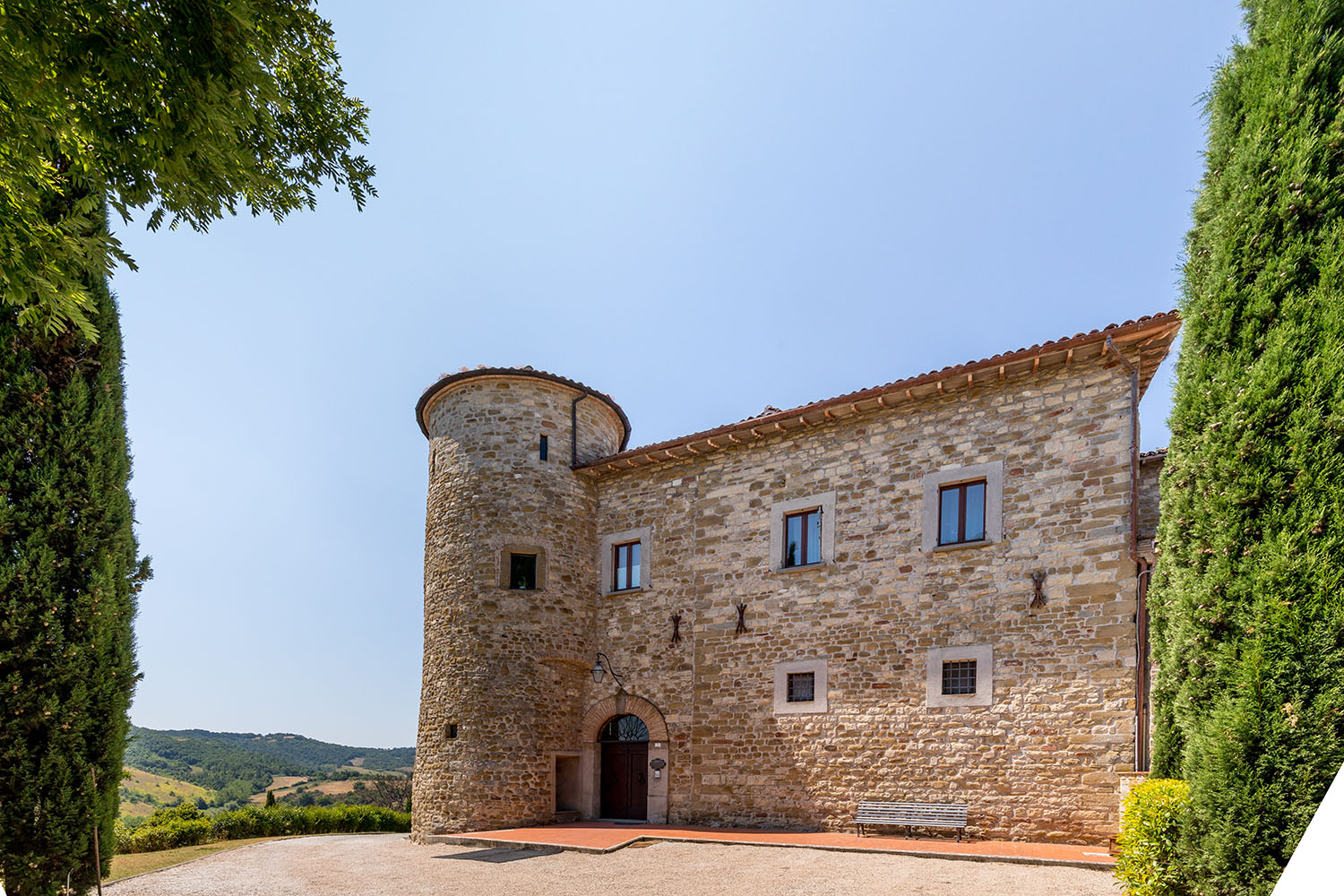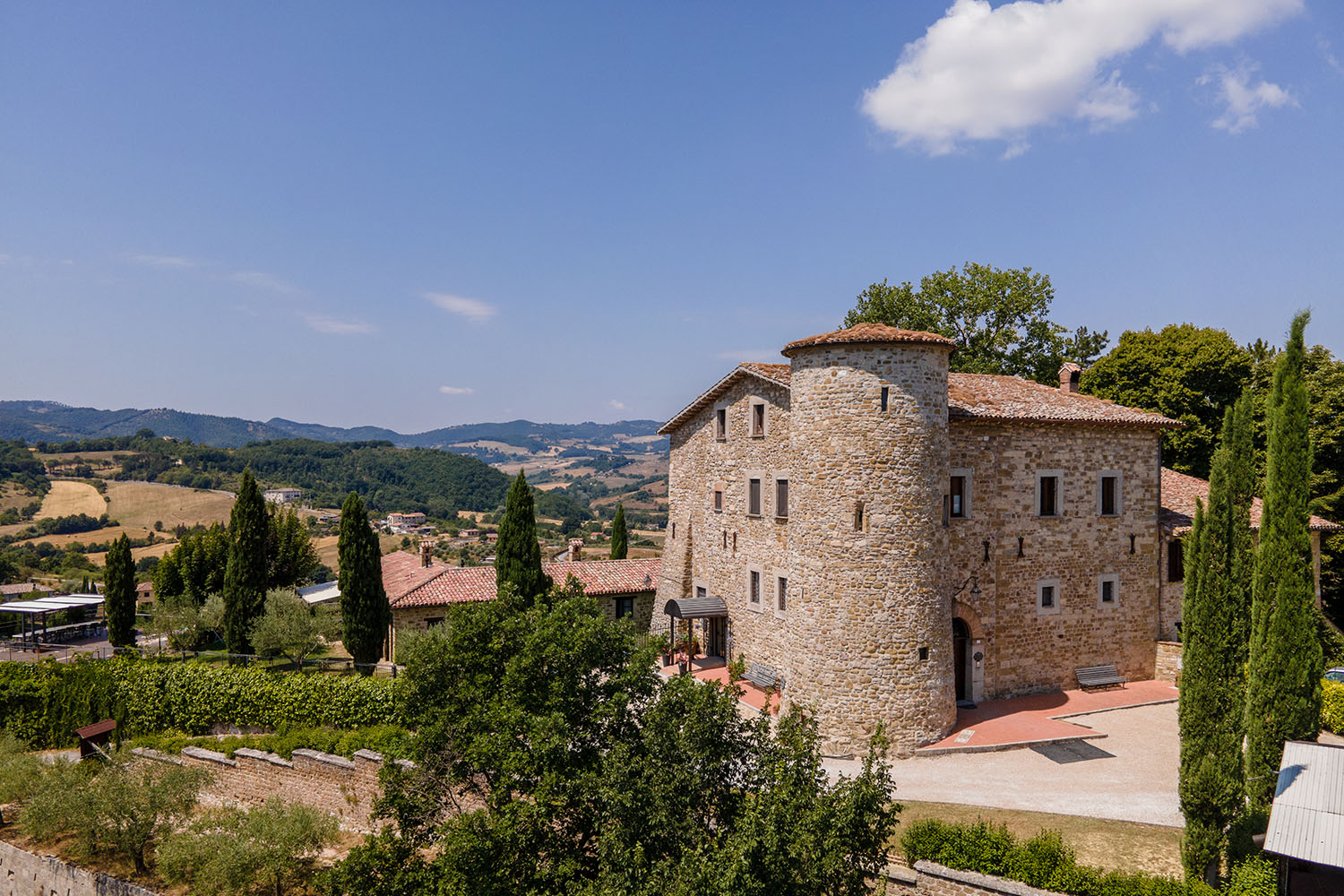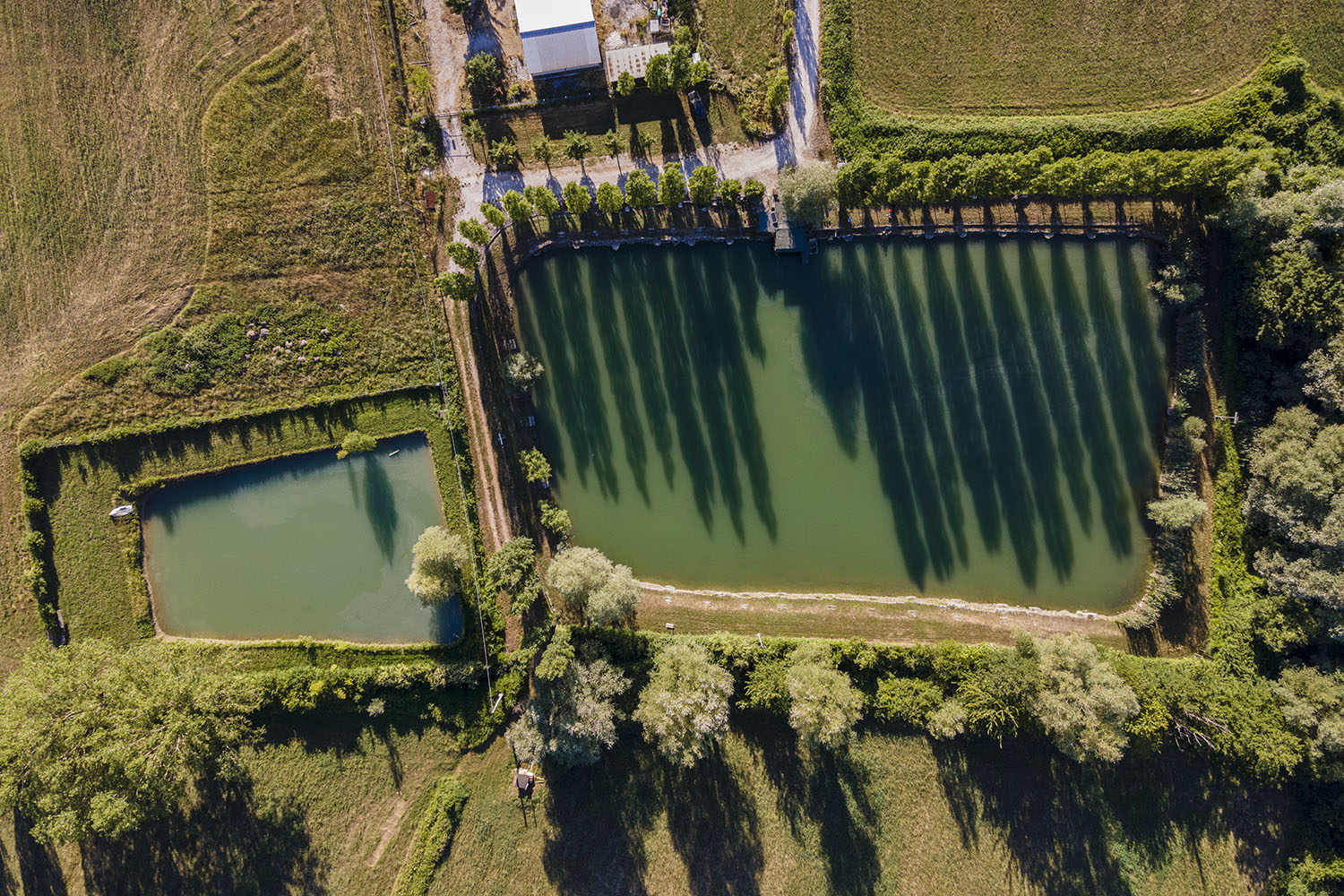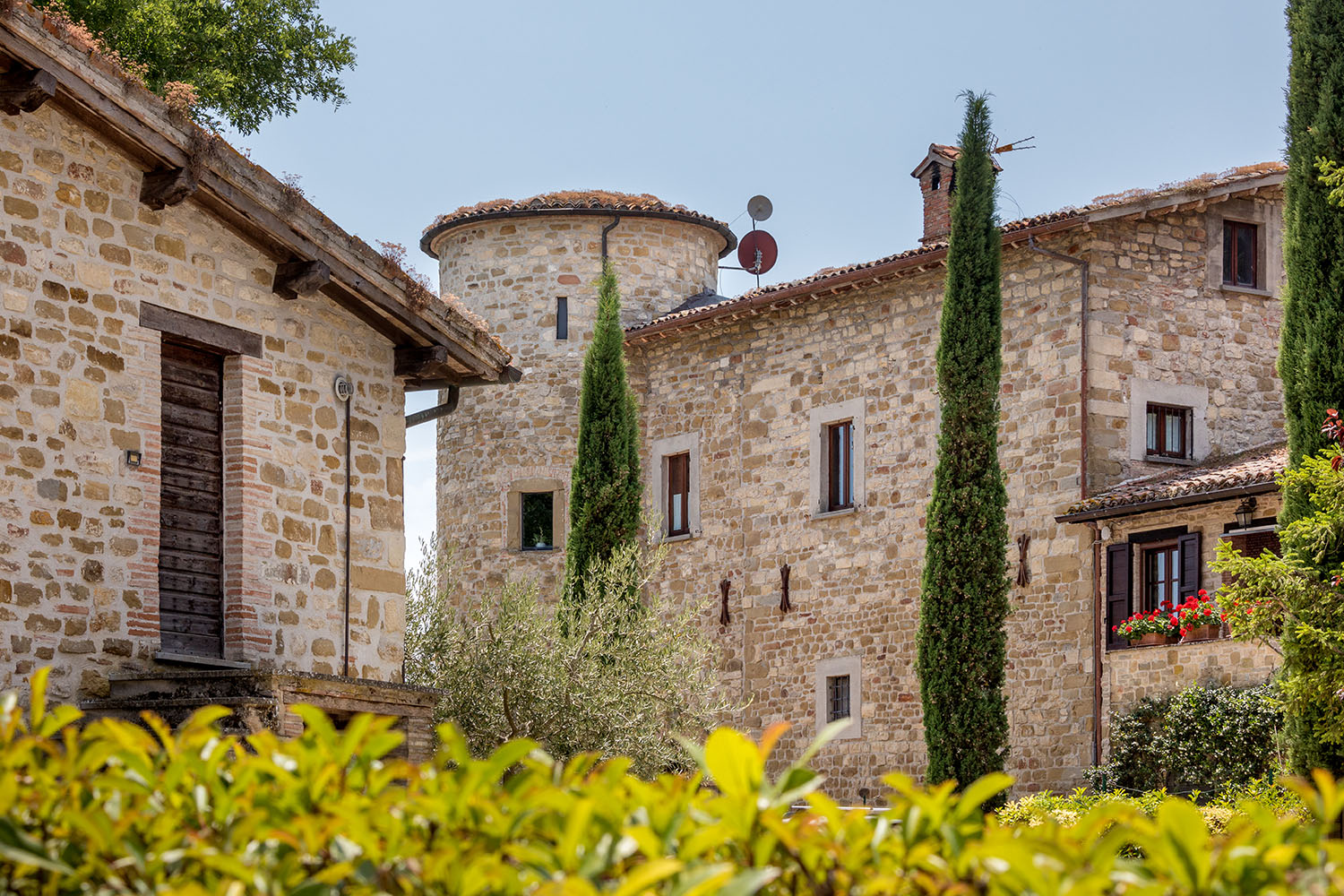
CASTRUM S. VICTORINI
The historical memory of ‘Castrum S. Victorini’ dates back to 1163, in one of the diplomas with which Emperor Frederick Barbarossa granted a series of benefits to the municipality of Gubbio. The ‘Palatium’, a massive stone construction, refined by a round tower, stands on a hill, surely a privileged place to watch over the access routes to the city.
CASTRUM S. VICTORINI
The historical memory of ‘Castrum S. Victorini’ dates back to 1163, in one of the diplomas with which Emperor Frederick Barbarossa granted a series of benefits to the municipality of Gubbio. The ‘Palatium’, a massive stone construction, refined by a round tower, stands on a hill, surely a privileged place to watch over the access routes to the city.

THE FACILITY
The hill and its fortified building are part of the defensive structure; the courtyard on which it stands, together with the church and its land, are not only a unique and austere architectural ensemble, but may have also been the place intended to offer shelter to passing strangers. The ‘Saint Francis Way’ passed through there, continuing to the abbey of Vallingegno, San Pietro in Vigneto and Assisi.
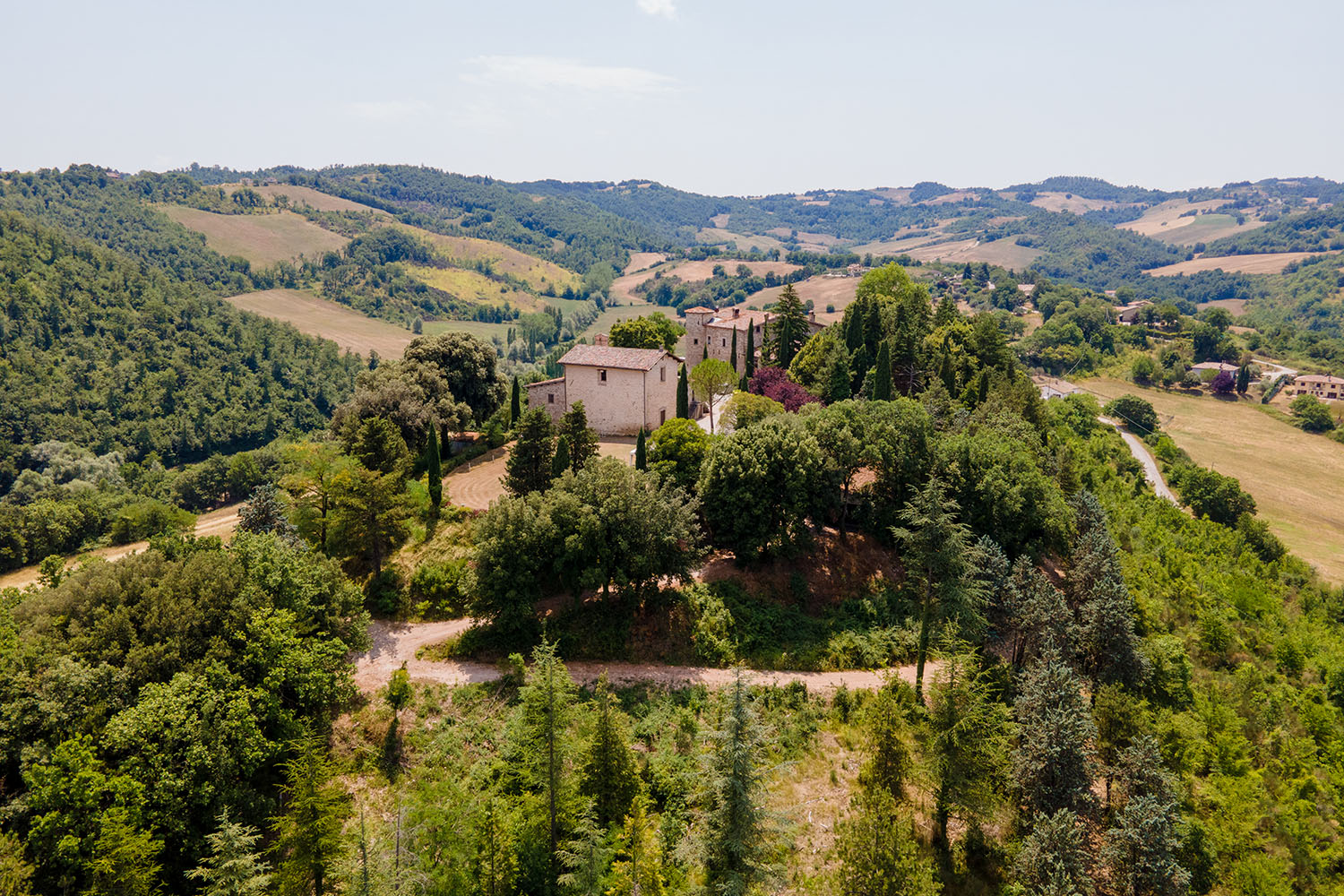
THE FACILITY
The hill and its fortified building are part of the defensive structure; the courtyard on which it stands, together with the church and its land, are not only a unique and austere architectural ensemble, but may have also been the place intended to offer shelter to passing strangers. The ‘Saint Francis Way’ passed through there, continuing to the abbey of Vallingegno, San Pietro in Vigneto and Assisi.

THE CASTLE TODAY
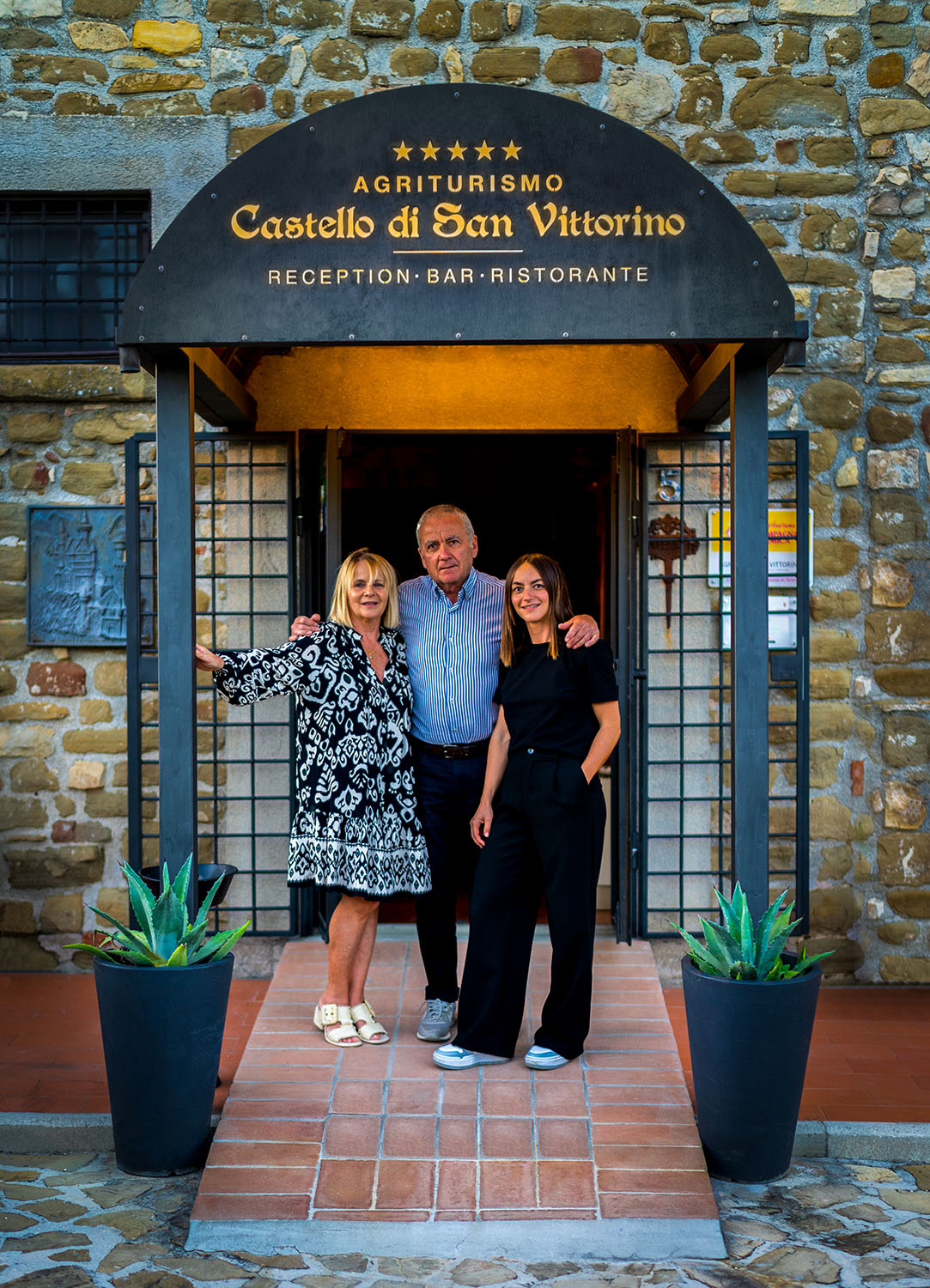
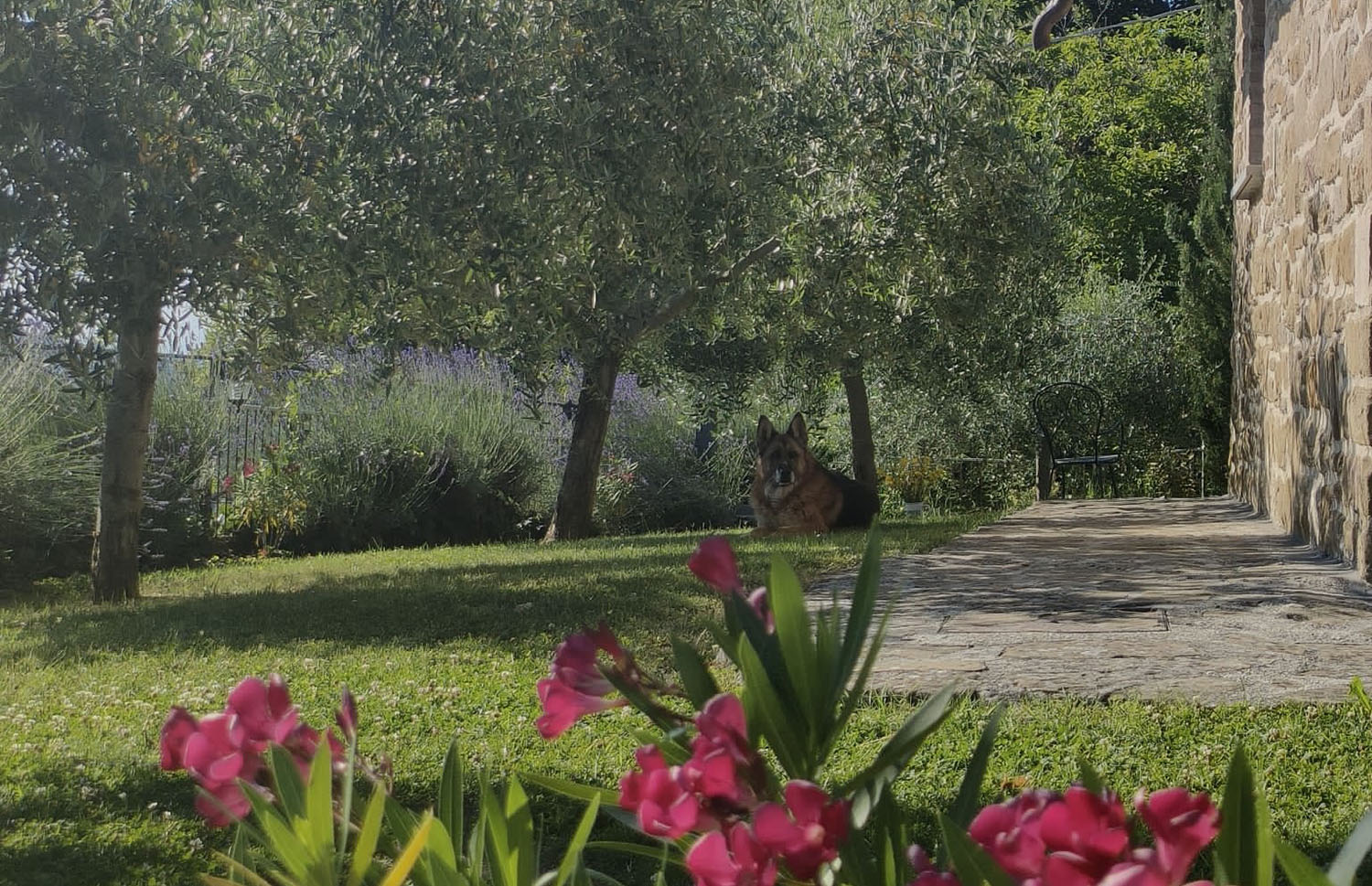
THE CASTLE TODAY
Today, the castle, which has been completely restored, is the residence of the family that owns it, and is located in the centre of an organic farm of 32 hectares surrounded by woods, oaks, pinewoods and olive trees, only 5 km from Gubbio.

